What’s the best way to charge your EV at home?
Download the PODCAST for this report
QUESTION
Hi John,
I’m considering a Hyundai Kona Electric but in relation to charging, I only have single-phase at home. Is this going to be a bit slower (than three-phase) but still okay for regular use?
Thanks for your time.
Simon
AutoExpert DISCOUNT ROADSIDE ASSISTANCE PACKAGE
If you’re sick of paying through the neck for roadside assistance, I’ve teamed up with 24/7 to offer AutoExpert readers nationwide roadside assistance from just $69 annually.
Plus there’s NO JOINING FEE. Full details >>
AutoExpert DISCOUNT OLIGHT TORCHES
These flashlights are awesome. I carry the Olight Warrior Mini 2 every day - it’s tiny, robust, and super useful in the field or in the workshop. Olight is a terrific supporter of AutoExpert.
Use the code AEJC for a 12% discount >>
ANSWER
Simon,
To answer your question, I have done exactly what you are contemplating.
I had a 64kWh Kona Electric for a year and charged it off a single-phase supply.
This required the installation of a 32-amp charger (if you don’t want to rely only on the box that comes with the car).
32A x 230V (I know - everyone calls it 240. It’s really 230.) = 7.4kW, which is sufficient to charge the Kona Electric from dead flat, overnight.
If you use the box that comes with the car, the (10A / 2.3kW) it’ll take about three times longer. I ran it for three months like that, but it was a pain in the arse if, for example, rain was expected overnight, or if the vehicle came home very low. In 10hrs, you could only put in about 1/3rd of a full charge.
Three phase won’t help. Maximum power from three phase is 22kW, but the vehicle cannot charge that fast on AC.
Cost of the 32A wallbox was about $2500 installed - this is 2-3 years ago - but the installation cost varies depending on the complexity of getting the 32A cable from the meter box to the charging location. If it’s just a matter of cable in conduit under the floor - all good. If they have to chase the cable through 100m of concrete, and concrete it back in place, it’ll cost a lot more.
Charging like this is all-weather compatible - it can be on an external wall, and you can recharge in the rain.
By they way, a new Hyundai Kona Electric is coming in 2023 >>
Hope this helps,
John Cadogan





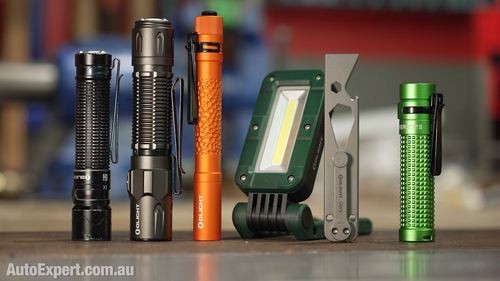
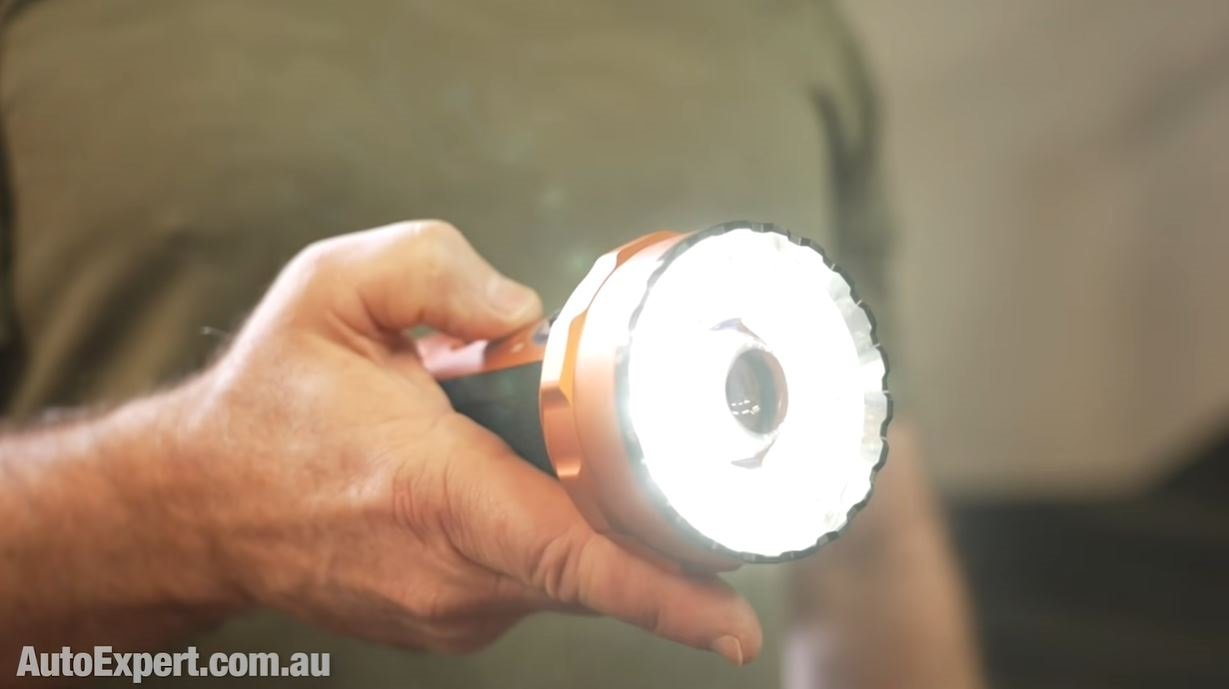
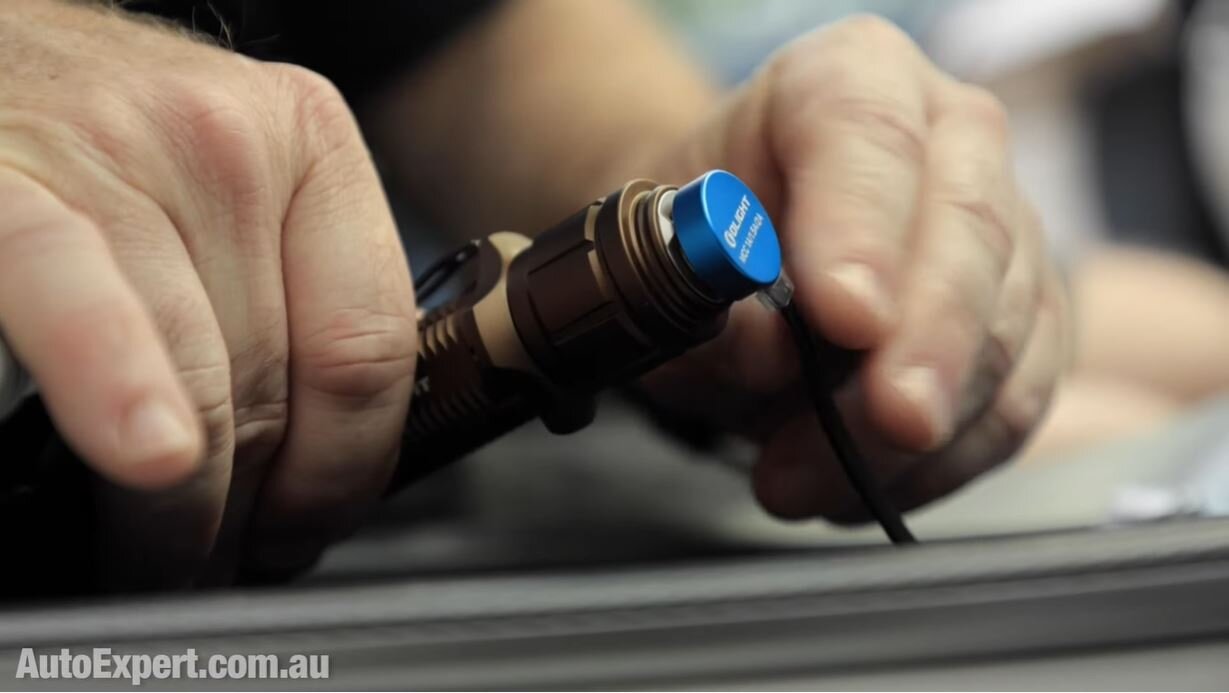
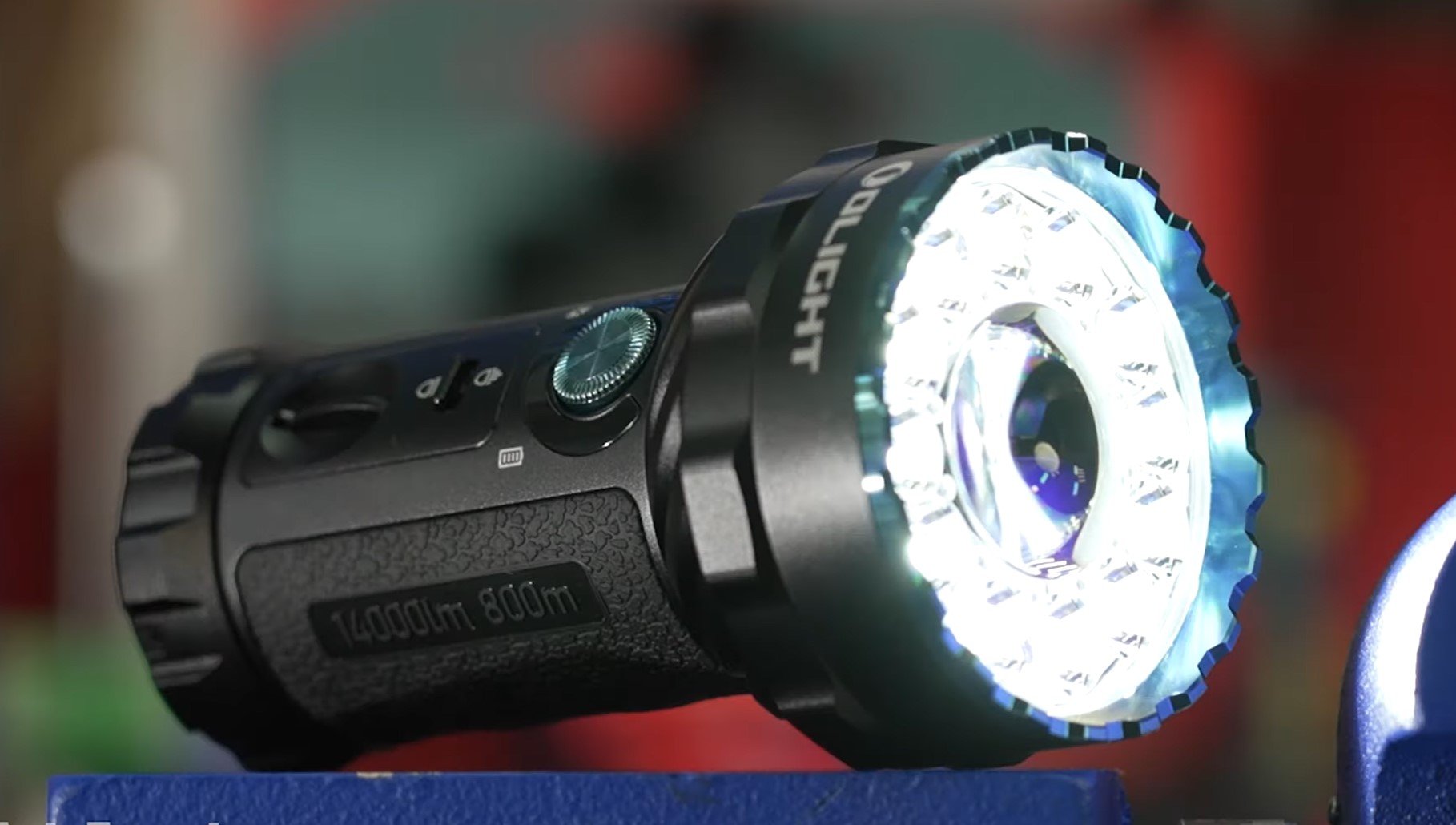
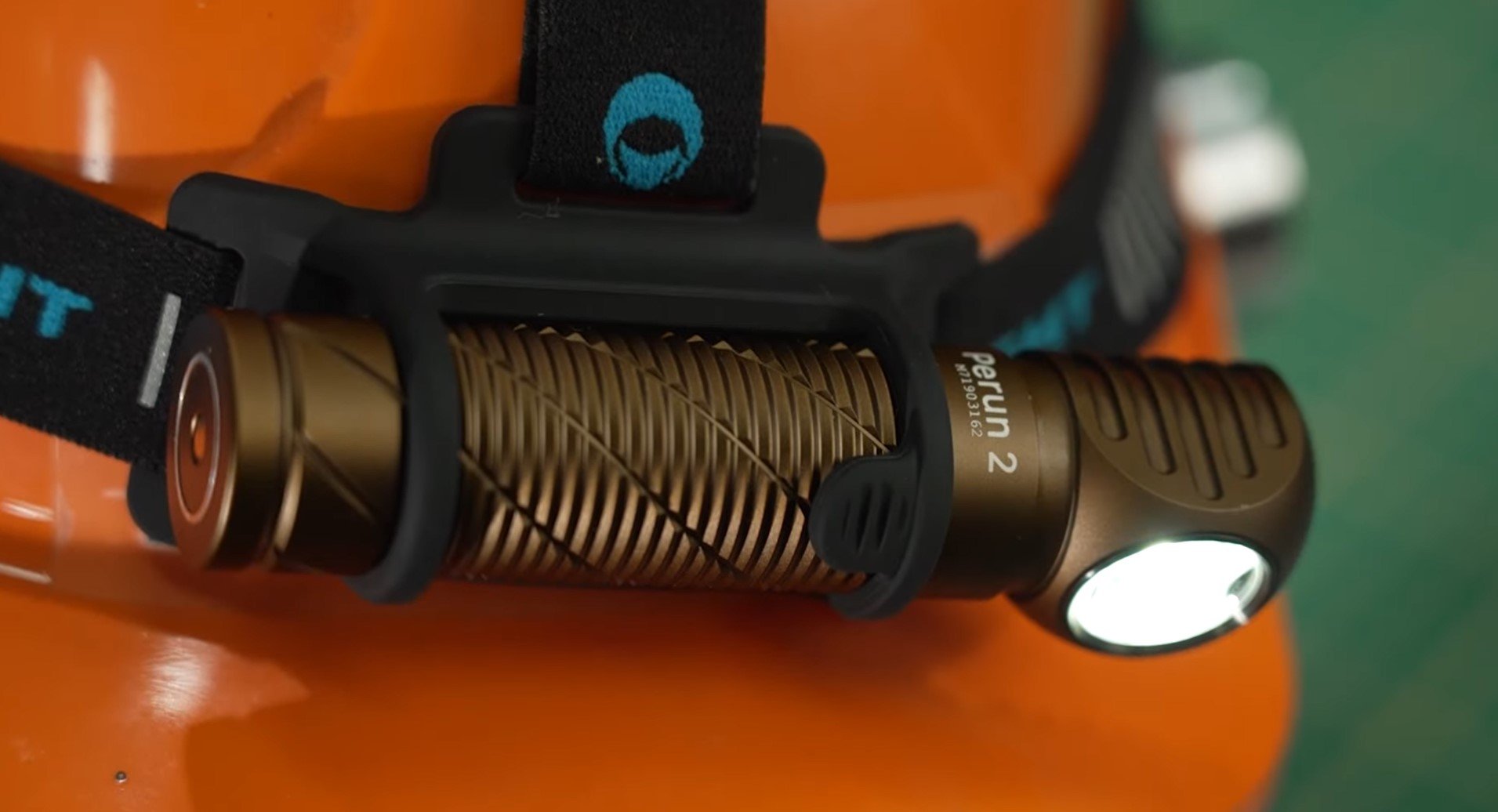
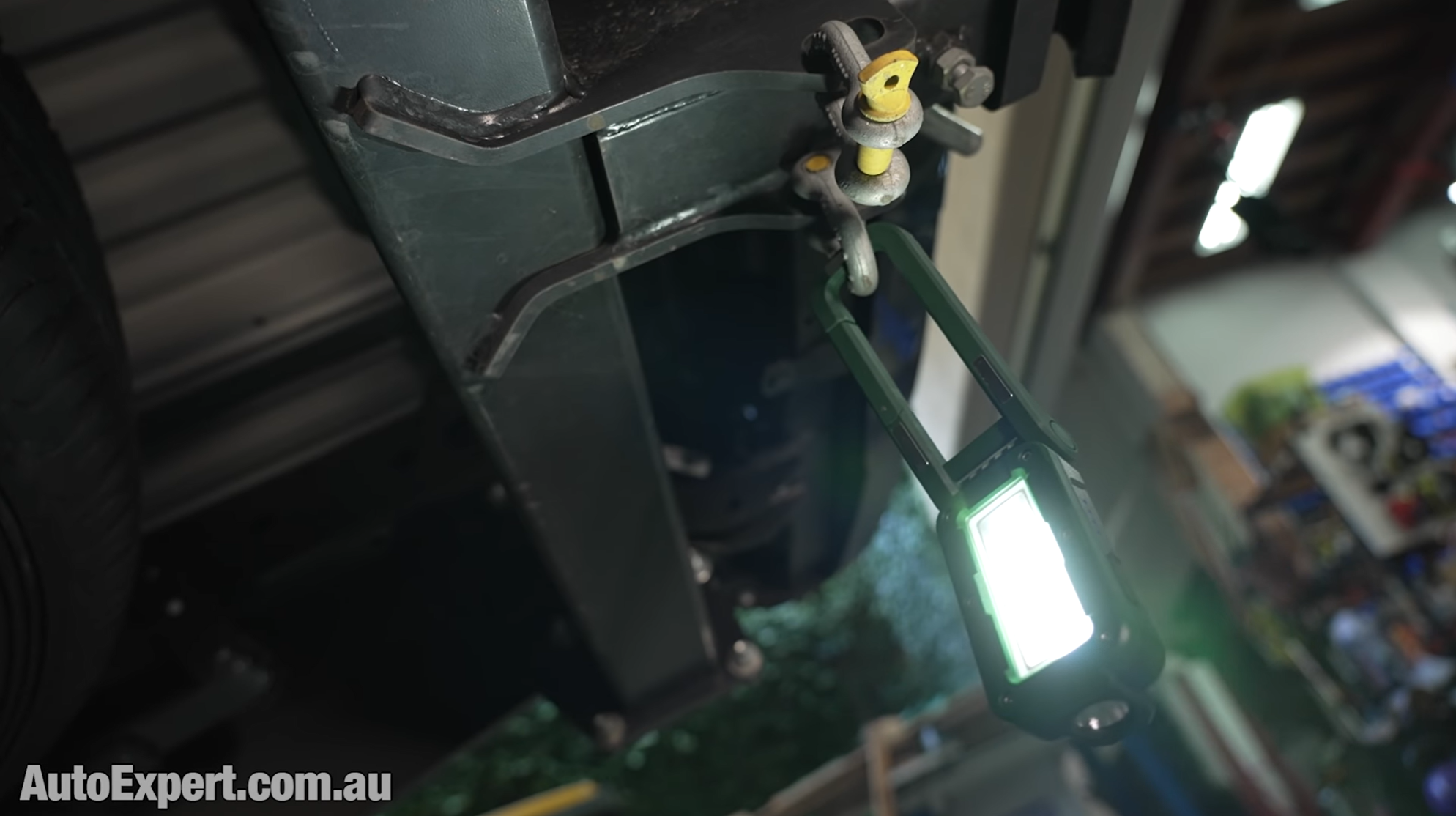
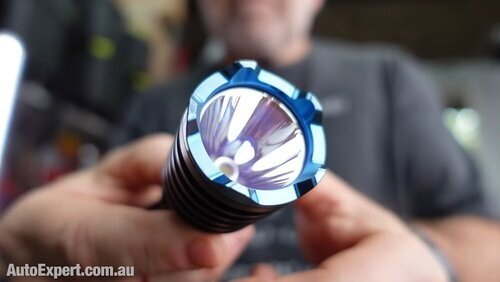
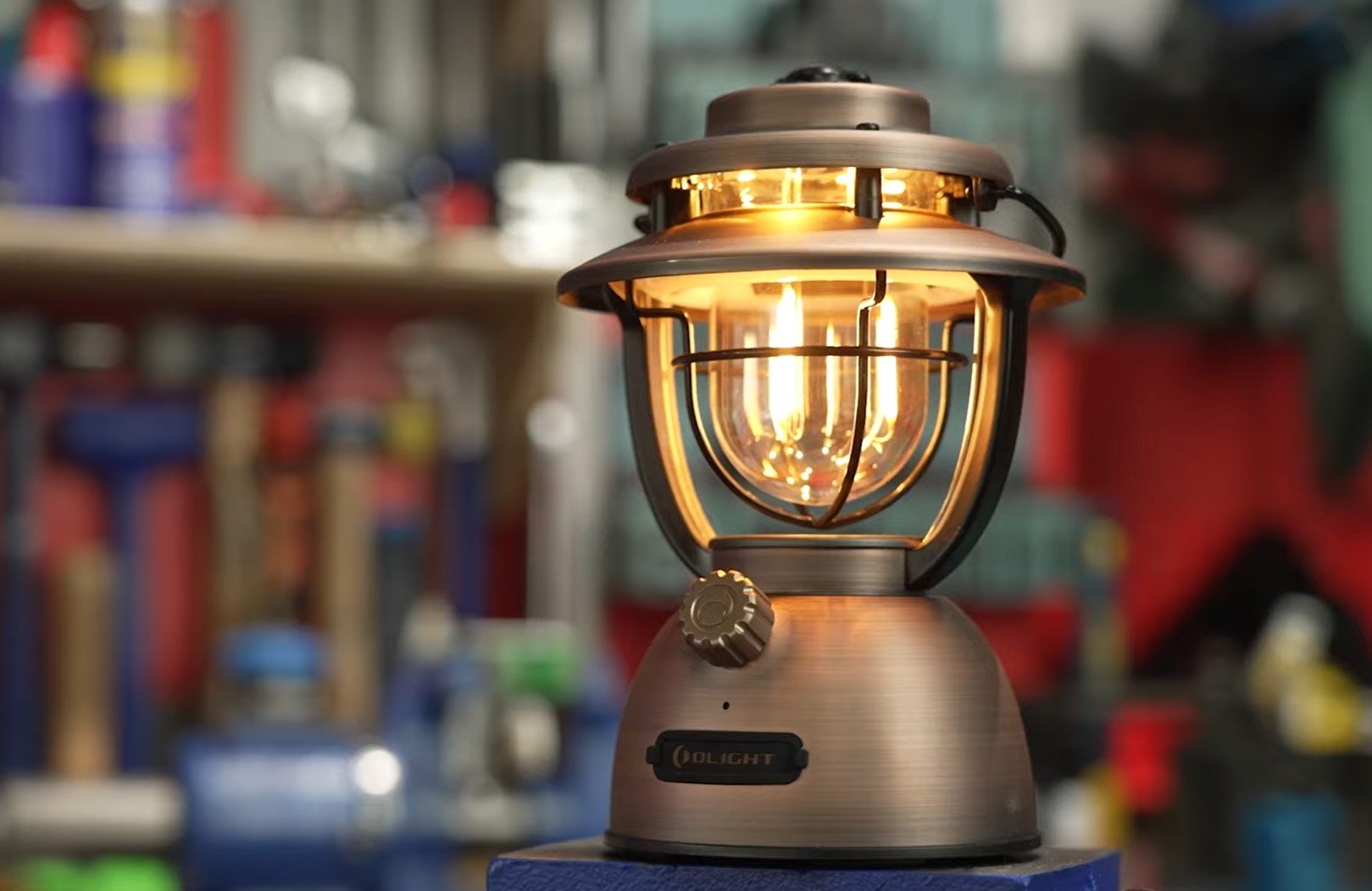
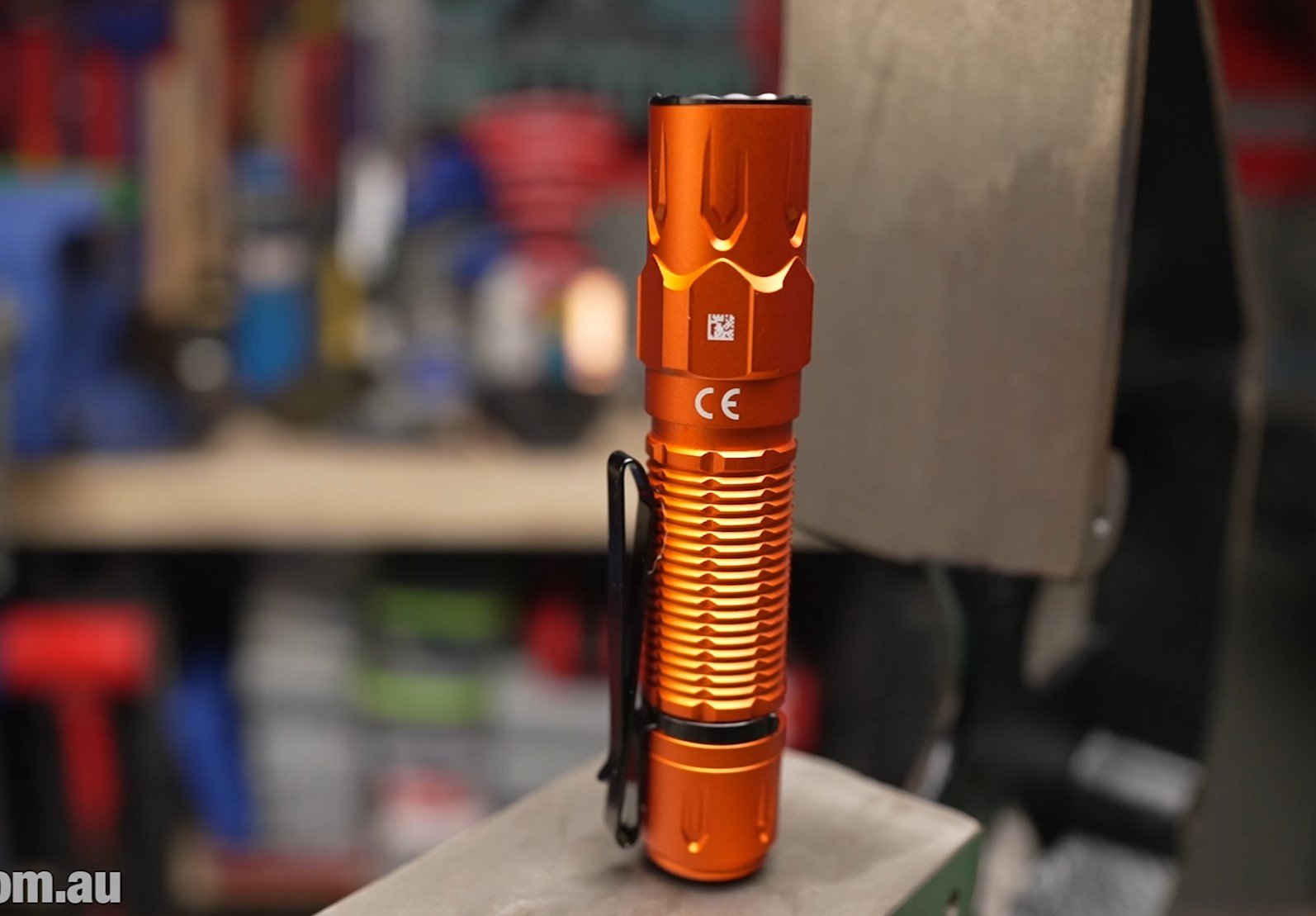



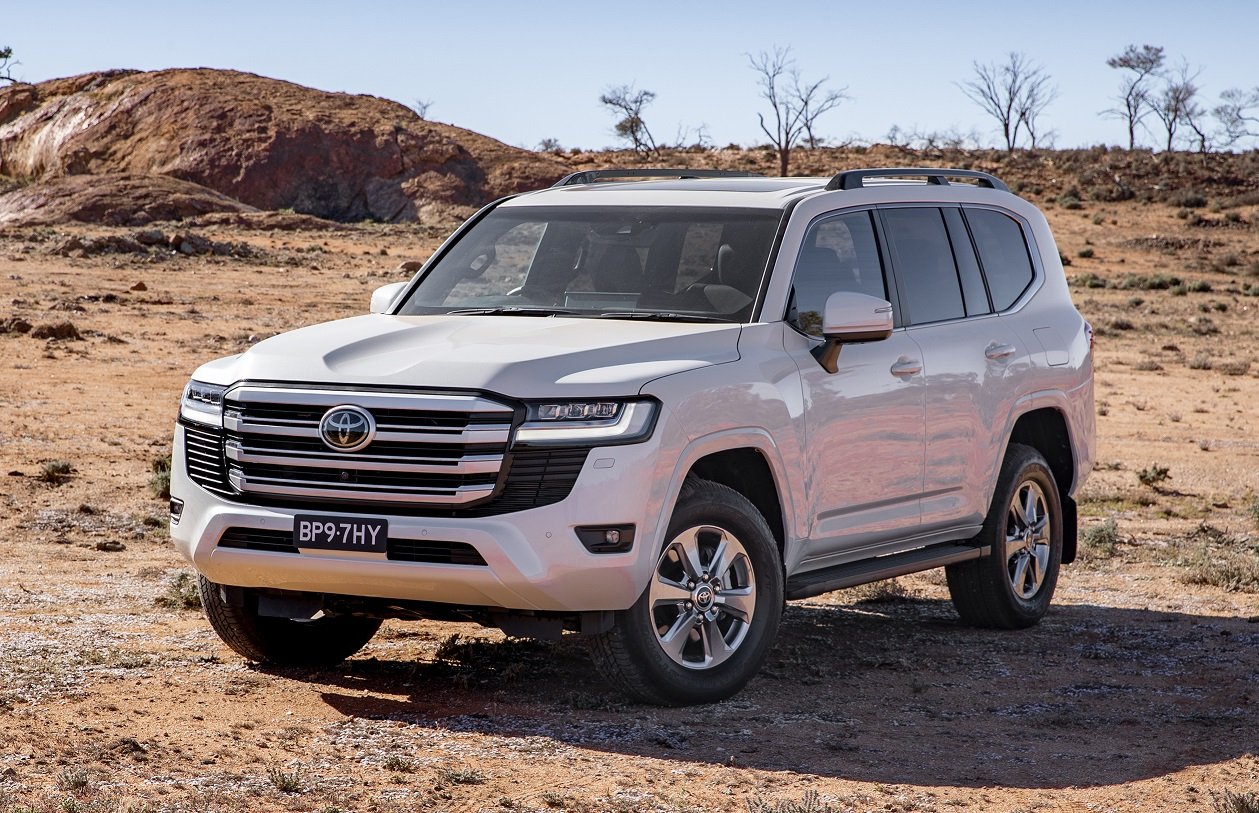
The new Triton is a 4x4 ute that offers excellent value, benchmark towing capacity and off-road capability that puts more expensive utes to shame. Here’s what you need to know about Mitsubishi’s tougher, smarter, comfier pick-up.